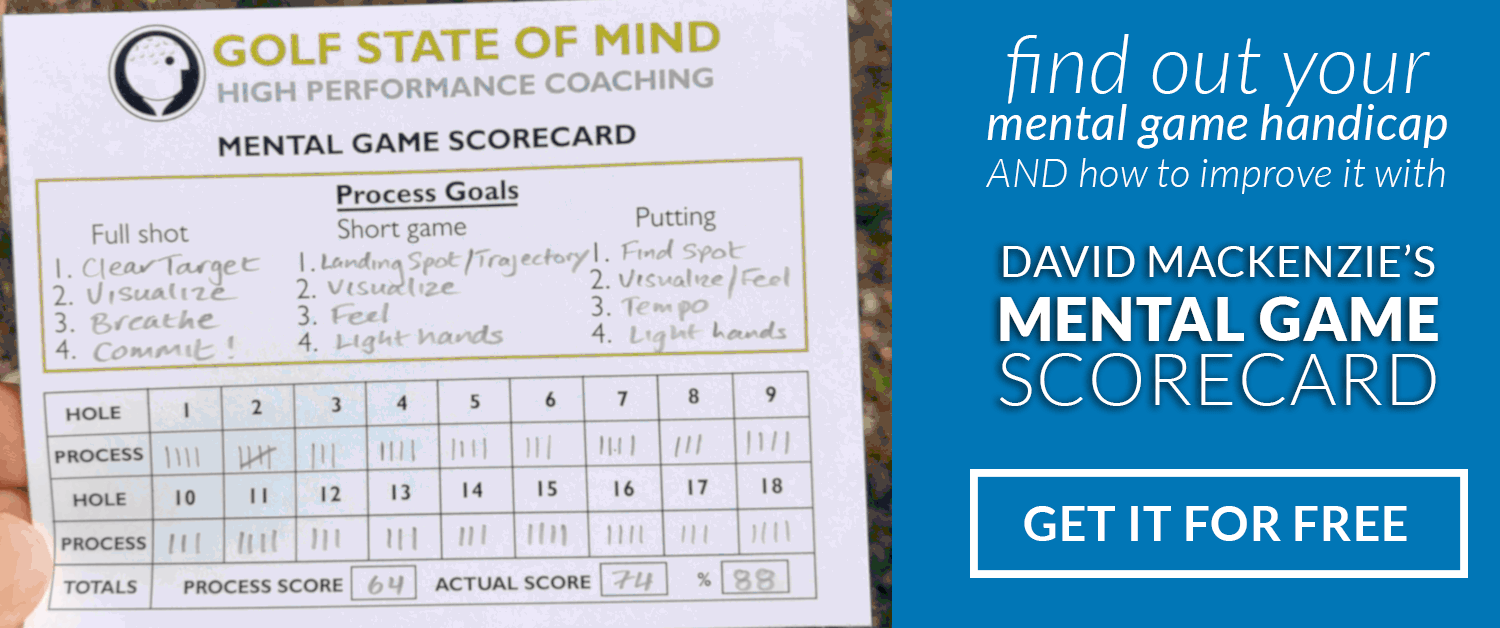
A Daily Ritual For Bullet Proof Confidence
How much we believe we can do something affects how much desire we have, and ultimately, how successful we are.
The more certain we are about something happening, the more effort we put in and the more our behaviors and actions lead us towards that outcome (or our potential).
As Angela Duckworth, Professor of Psychology at the University of Pennsylvania, says:
- Talent x effort = skill
- Skill x effort = achievement
Albert Bandura, Professor of Social Science in Psychology at Stanford says: “The amount of effort put into a task is directly related to self-efficacy” (the belief in one’s capabilities of successfully completing tasks or goals).
So in other words, without self-efficacy, or “self-belief” we will not reach our potential.
Where does self belief come from?
Your subconscious mind is responsible for how confident you are in your ability to perform a task. Your subconscious mind’s primary role is to keep you safe. It doesn’t “think” (like your conscious mind), but what it does is much more powerful. 80% of our behaviors are subconscious.
In any situation, the subconscious mind will be scanning it’s huge database of memories to see if that situation is a threat to your physical or mental safety. If you’ve experienced mental pain (failure, disappointment etc.) in that situation in the past, it’s going to try to steer you away from it, via the “stress response” (faster heartbeat, muscle tension and confusion).
If you’d had success in that task before and experienced pleasure, it will give you the green light and drive you towards it. But how do we become successful in a task we haven’t been successful in before?
How to build confidence for golf
Developing skills in the right way will always help your chances of success, but unless you have the self-belief to be able to do it when it matters, you won’t achieve your potential.
One of the little known things about the subconscious mind is that it doesn’t know the difference between a real and an imagined event. Therefore, we can use the power of imagery to increase self-belief! Let’s take a look at an example of a big tournament you might have coming up. No doubt you will be a little nervous about it as you want to do well.
But if your thinking is about “what if I don’t play well and what will that mean”, you’re putting negative images and associations about the upcoming event into your subconscious mind. So when you are there, for real, your subconscious will see it as a situation as a potential threat and try to steer you away from it, via the stress response.
However, if you’ve visualized every shot you’re going to hit in that round (a birdie on every hole) and seeing yourself be successful, then your subconscious will give you a green light when you get there and drive you towards that outcome. Visualization techniques can be used to “reprogram” your subconscious mind, so you build more positive “memories” of certain (past or future) events, than negative ones. This is an essential part of my process to cure the yips.
90% of Olympic athletes use the power of visualization
Coach Bob Bowman says that Michael Phelps would practice a daily visualization routine, creating a vivid vision of what his future success looked like. He would also mentally rehearse each race, seeing each stroke and his winning time.
Olympic gold medal skier Lindsay Vonn said “By the time I get to the start gate, I’ve run that race 100 times already in my head, picturing how I’ll take the turns.”
The world’s best soccer player, Christiano Ronaldo imagines himself scoring before every match and free-kick.
Wayne Gretzky said in his autobiography: “I really believe if you visualize yourself doing something, you can make that image come true”.
How to visualize in 15 mins a day
The best way to visualize is by first, learning how to quieten your mind with meditation. Once you’re in a quiet mind state (I do this for 10 mins per day), you’ll have better access to your subconscious mind and that’s when you’ll want to do your visualization practice. It doesn’t have to take long – I spend about 5 mins per day visualizing my future goals.
I have a whole module on how to build confidence for golf through visualization in my Ultimate Mental Game Training System.
Visualization for golf should definitely be a key part of your pre-round mental warm-up, but try to make it a daily exercise and you’ll soon see your self-belief and effort increase, taking your closer and closer to your long-term goals.



I used your ideas for routine set up and mental strength and my game has improved immeasurably.
I know this works and I will try and do it more often!
For instance, I can hardly hit a fairway at present, but there is one hole at my club, the 2nd, where I feel I cannot miss and thus never do. Its an elevated tee to a fairway that crosses at right angles, and not only does this shot always finish in the fairway, it goes exactly where I’m aiming with the exact shape I’m thinking about.
If I could hit every drive like I do on this hole I would be 5 or 6 shots better every round.
Yet, every time the next hole comes up I either pull left or slice right.
There are 12 fairways to hit at my club, and I have often played a round and literally missed them all, except the 2nd.
I think I have the extreme opposites of mental pre-programming going on here.
I have to comment on the “equations” of Dr. Duckworth. For simplicity I’ll limit my self to
talent x effort = skill
This makes no sense whatsoever. let’s do a little algebra. If the above equation is true, then:
Talent = skill/effort
which says things like for a given level of skill, the more effort involved in expressing it, the less talent one has. In most people’s minds, someone with a high level of skill is “talented” and someone with a low level of skill is untalented. I do not think either of these is correct because I think talent is extremely difficult to define consistently.
If one were to believe (and I do not recognize it) that one’s amount of talent were some inherent genetic ability, then how much talent one has is irrelevant. One just has to work as hard as necessary to achieve one’s goals and if the effort is insufficient, then more effort is needed and if that isn’t forthcoming, one has to settle for what one has.
I do understand the desire to use simplistic formulas such as these, they rarely, though, are accurate and are often unhelpful.
I do love your blog posts and have bought some of your materials, even though I am now an armchair golfer. (I used to swing clubs a long time ago.) I apply your lessons to another individual sport, archery.
This is great info, but what if the person reading it is a glass half empty kind of person. Maybe they lack confidence in everyday life. They get no positive feedback in things they are doing, at work or at home? How do these kind of people(golfers) embrace this strategy? Just wondering?
You want to ask questions & visualize the result !
At least 3 different questions 4 or 5 even better !
The more you make a production out of your Process, the bigger the benefit after your Subconscious Mind decides this is a New Game !
If your Subconscious Mind decided this is a new game then your preshot routine will be the only information your giving to your Subconscious Mind and your new mental process will be clean without Pressure !
If Tour Golfers ever realize how to change their programming for golf it’s Katey bar the door in terms of what’s possible !